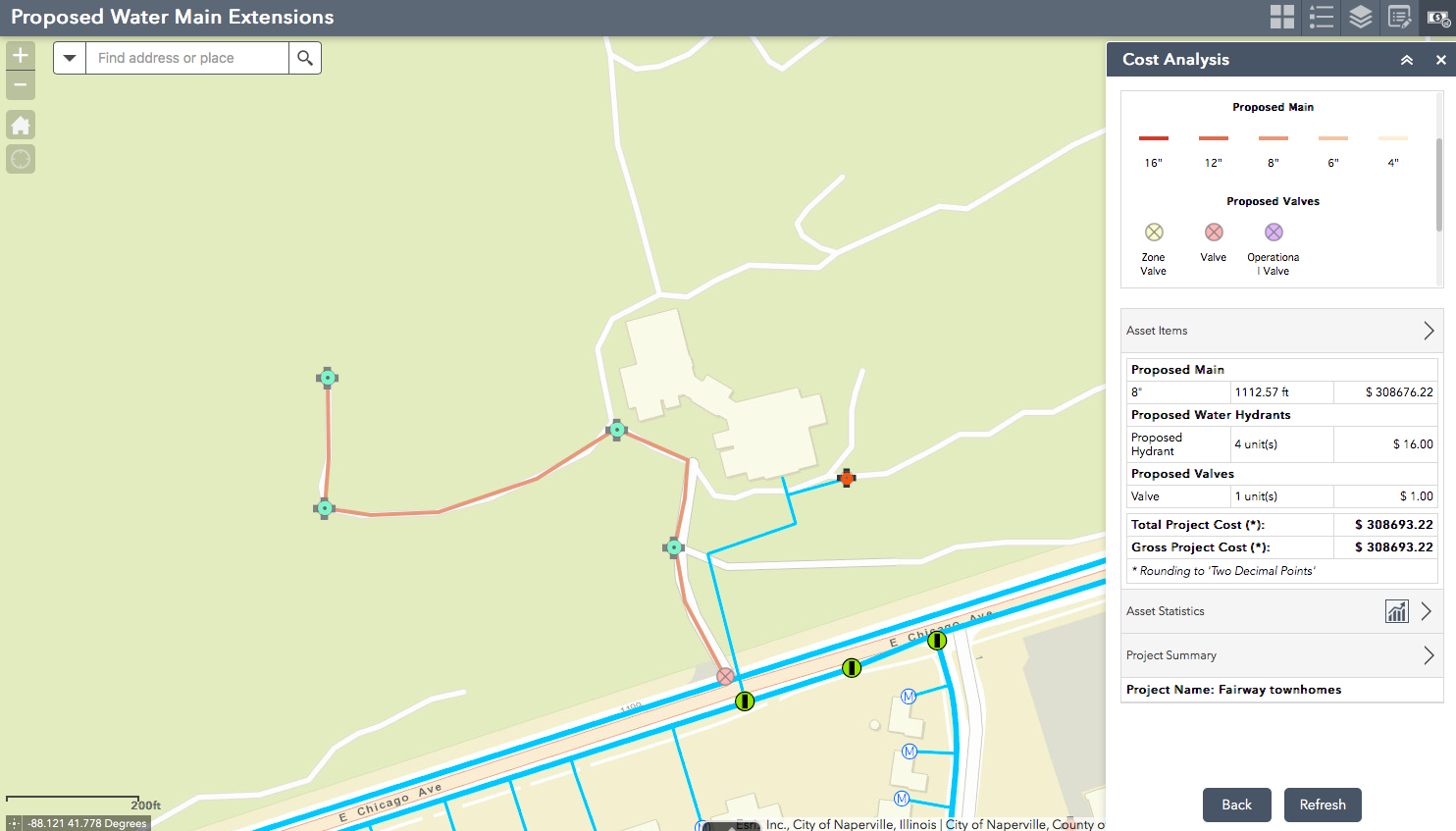
On the Visualizations pane, click the Format tab to view the formatting options. To access ArcGIS for Power BI formatting features: Format the ArcGIS for Power BI visualization Now, let's refine and format our map using base maps, location types, themes, and more. You've created your first ArcGIS for Power BI map. In this example, we're using Sales > Last Year Sales.

You can adjust the default in the settings (see format the ArcGIS for Power BI visualization).įrom the Fields pane, drag a measure to the Size bucket to adjust how the data is shown. In this example, we're using Store > City.ĪrcGIS for Power BI automatically detects whether the fields you've selected are best viewed as a shape or a point on a map. If you sign in to a valid ArcGIS account with the proper licensing, you'll have access to more features for details, see the ArcGIS for Power BI online help.įrom the Fields pane, drag a data field to the Location field, or drag coordinates into the appropriate Latitude and/or Longitude buckets. In this overview, we'll be using the Standard version included with Power BI. Power BI adds an empty template to the report canvas. Select the ArcGIS for Power BI icon from the Visualizations pane. To add a map to a report, follow these steps:


Also view Esri's ArcGIS Maps for Power BI online help. Visit Esri's page on ArcGIS for Power BI to see many examples and read testimonials. While you cannot create an ArcGIS for Power BI map on a mobile device, you can view and interact with it.

The combination of authoritative data layers on a map with spatial analysis conveys a deeper understanding of the data in your visualization. Choose from base maps, location types, themes, symbol styles, and reference layers to create gorgeous informative map visualizations. The combination of ArcGIS maps and Power BI takes mapping beyond the presentation of points on a map to a whole new level. To learn more about viewing an ArcGIS map, see Explore ArcGIS for Power BI. Once a designer shares an ArcGIS for Power BI map with a colleague, that colleague can view and interact with the map but not save changes. And although similar to Azure maps, the ArcGIS visual has some demographic reference data that is not easily available in Azure maps. Often ArcGIS maps are used when an organization already has geo data in ArcGIS that they want to display. This overview is written from the point of view of a person creating an ArcGIS map for Power BI. The steps and illustrations in this article are from Power BI Desktop. These visuals can be created and viewed in both Power BI Desktop and the Power BI service.


 0 kommentar(er)
0 kommentar(er)
